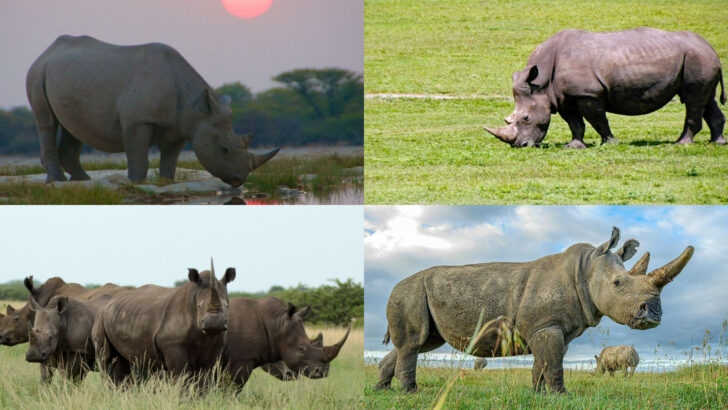Rhinos may look like armored tanks on four legs, but beneath that tough exterior beats the heart of a gentle giant. These magnificent creatures are more than just prehistoric-looking powerhouses.
They form strong bonds, have a surprising love for mud baths, and—believe it or not—can be quite playful. Who knew a two-ton animal could have such a soft side?
Despite their strength, rhinos face enormous challenges. Poaching and habitat loss have pushed many species to the brink, making it more important than ever to appreciate and protect them.
From their unexpected social lives to their bizarre yet adorable quirks, there’s so much to love about these incredible animals. Here are 16 reasons rhinos deserve a place in your heart!
Impressive Horns
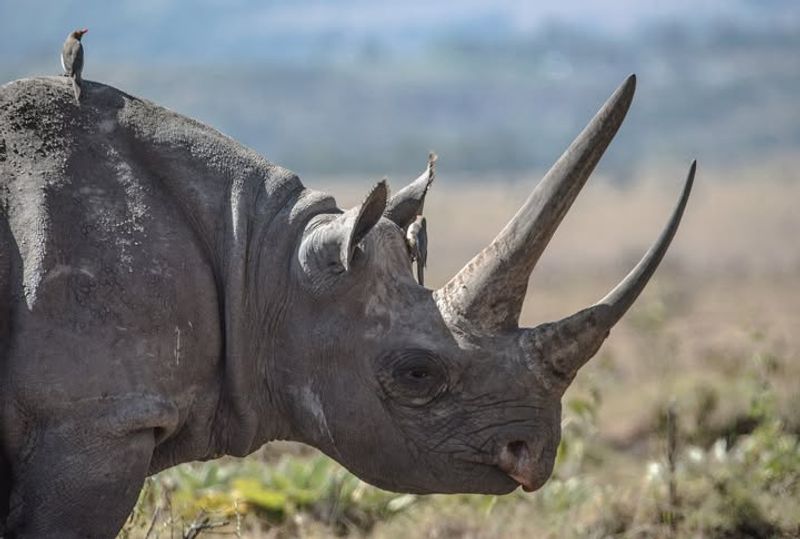
Rhino horns are not just for show. Their impressive size and shape serve as powerful tools for self-defense, digging, and even breaking branches.
Contrary to the myths, these horns are made of keratin, the same protein found in human nails and hair. The unique look of each horn adds to the individuality of these animals, much like a fingerprint.
Such distinct features make them captivating subjects for wildlife enthusiasts and photographers.
Gentle Grazers
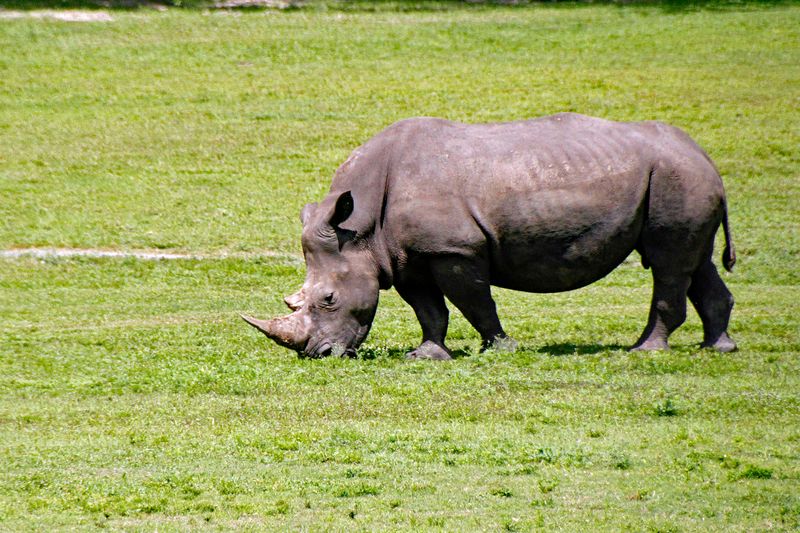
Rhinos are primarily herbivores, spending much of their day grazing on grasses, shoots, and leaves. Their role as grazers helps maintain the balance in their ecosystems, promoting healthy plant growth and supporting other species.
Despite their size and strength, they exhibit a calm demeanor while feeding. Observing a rhino family grazing can be a serene experience, showcasing their peaceful nature and the gentle bond shared among them.
Social Creatures
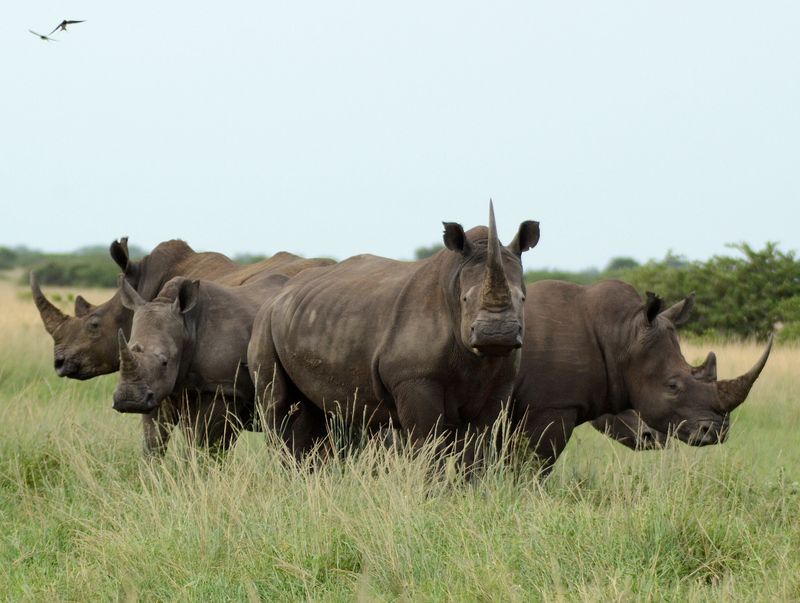
Rhinos are not solitary as often portrayed. They exhibit social behaviors, particularly the females and their young.
Mothers form strong bonds with their calves, ensuring their survival and teaching them essential life skills. In some species, like the white rhino, social groups called ‘crashes’ can be observed.
These interactions reveal the softer side of rhinos, emphasizing their capacity for connection and community in the wild.
Ancient Lineage
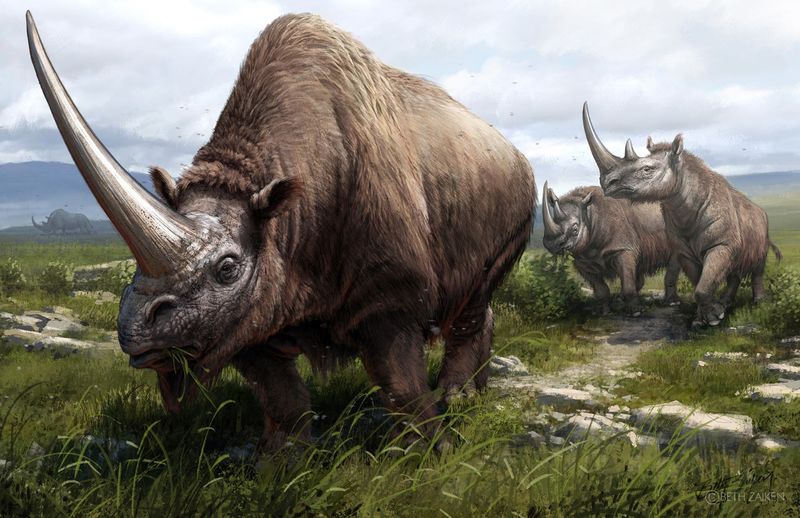
Rhinos boast a lineage that stretches back millions of years, a testament to their resilience and adaptability. They once roamed vast territories across continents, from Asia to Africa and beyond.
This ancient heritage contributes to their mystique, offering a living glimpse into Earth’s distant past. Understanding their evolution helps appreciate the intricacies of their existence and the role they play in biodiversity.
Critical Ecosystem Role
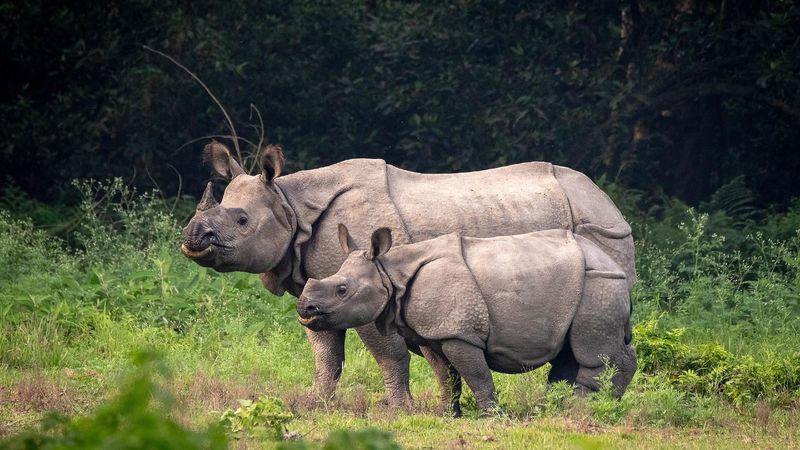
Rhinos are key players in their ecosystems, often described as mega-herbivores. Their feeding habits control plant growth, preventing overgrowth that can hinder other flora and fauna.
By dispersing seeds through their dung, they contribute to the growth of numerous plant species. The presence of rhinos supports entire ecosystems, highlighting the interconnectedness of wildlife and the importance of conservation efforts.
Unique Vocalizations
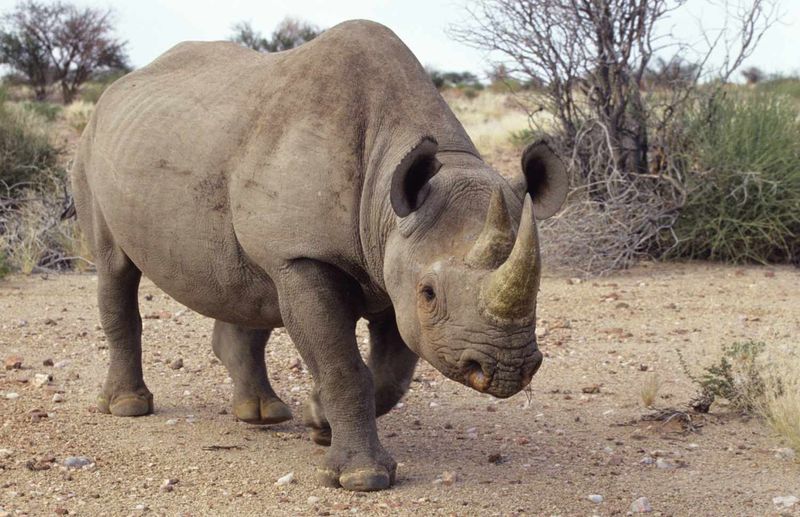
Rhinos communicate through a surprising array of vocalizations, from grunts to trumpeting sounds. These calls convey different messages, from distress signals to warnings and social greetings.
Each species possesses its own vocal repertoire, adding layers to their communication methods. Such vocal diversity enriches our understanding of their social structures and interactions, providing insight into the complex lives of these gentle giants.
Natural Armor
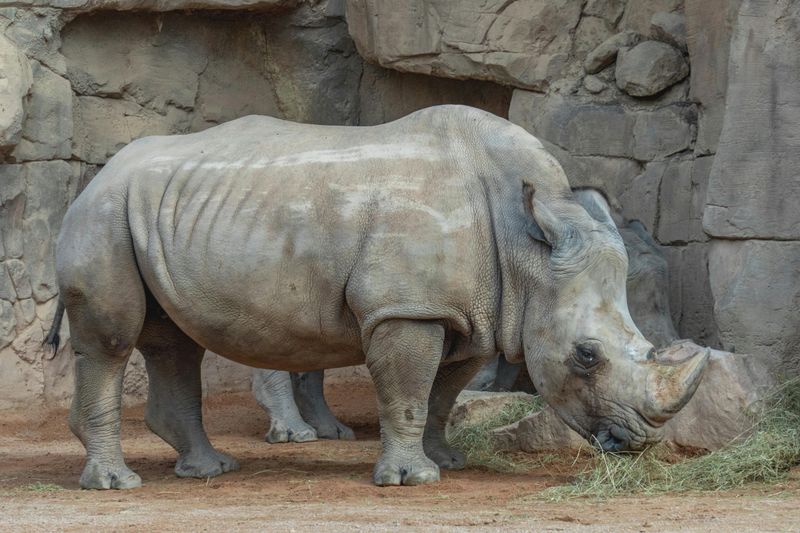
The thick skin of a rhino serves as natural armor, providing protection against predators and harsh environmental conditions. This skin, however, is more sensitive than it appears, prone to sunburn and insect bites.
Rhinos often wallow in mud to cool off and shield their skin from the sun. This behavior not only protects them but also helps keep their skin healthy, proving the importance of their unique adaptations.
Playful Personalities
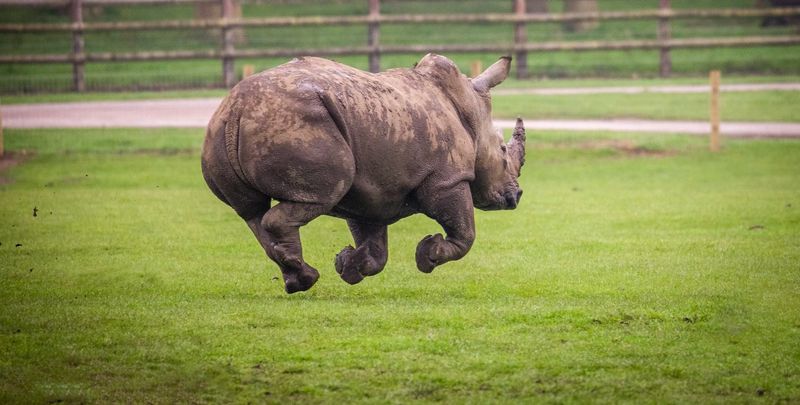
Despite their tough appearance, rhinos possess playful personalities, especially noticeable in calves. Young rhinos engage in mock battles, chase each other, and explore their surroundings with curiosity.
This playful behavior is crucial for their development, helping them learn social skills and build physical strength. Witnessing a frolicsome rhino is a reminder of their gentle nature and the joy they bring to the wild.
Majestic Presence
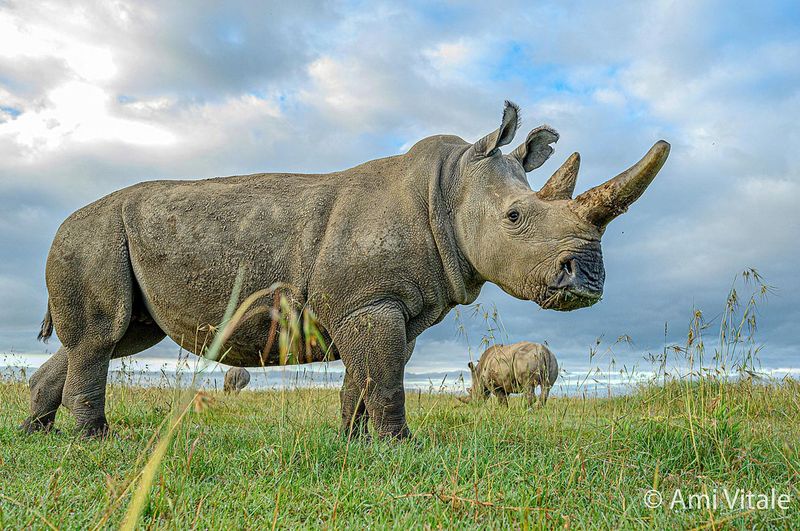
Rhinos command a majestic presence, with their robust bodies and iconic horns cutting an impressive silhouette against the horizon. Their sheer size and strength inspire awe, yet their calm demeanor and slow movements convey a sense of peace.
Watching a rhino move through its habitat can be a humbling experience, illustrating the grace and dignity of these gentle giants amid the wild tapestry of nature.
Threatened Species
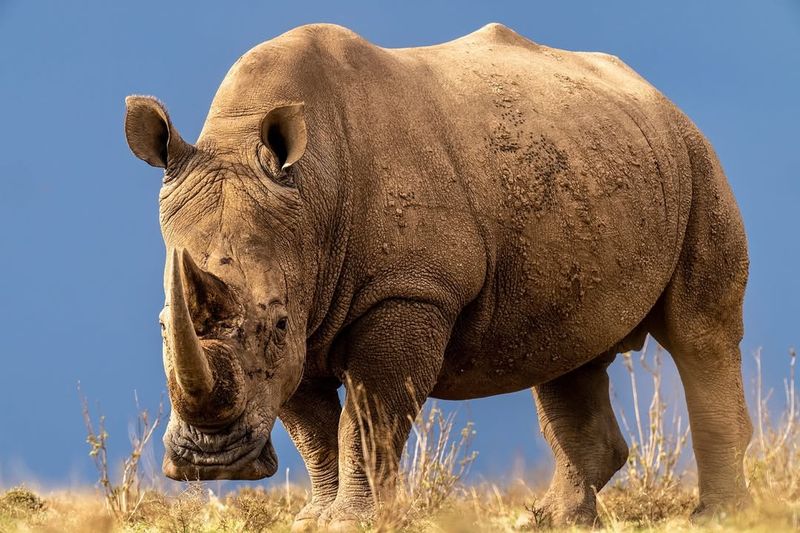
Rhinos are sadly among the world’s most threatened species, facing threats from poaching and habitat loss. Conservation efforts are crucial in protecting these animals and ensuring their survival for future generations.
Raising awareness about their plight can inspire action and support for these efforts. Understanding the challenges rhinos face underscores the importance of global collaboration in preserving their existence.
Powerful Conservation Symbol
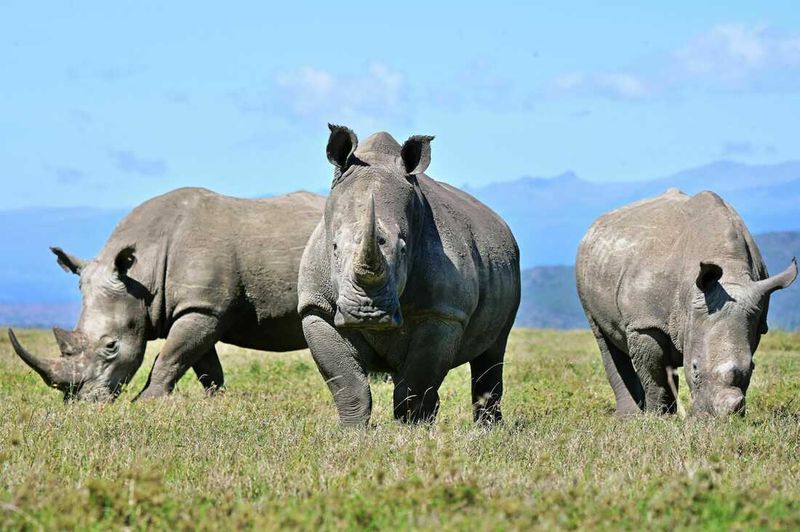
Rhinos have become powerful symbols for conservation, representing the broader fight to protect endangered species and habitats. Campaigns and movements centered around saving rhinos often draw attention to the need for sustainable practices and wildlife protection.
Their plight highlights the urgent need for global awareness and commitment to preserving Earth’s biodiversity. Supporting rhino conservation is a step toward safeguarding our planet for future generations.
Diverse Species
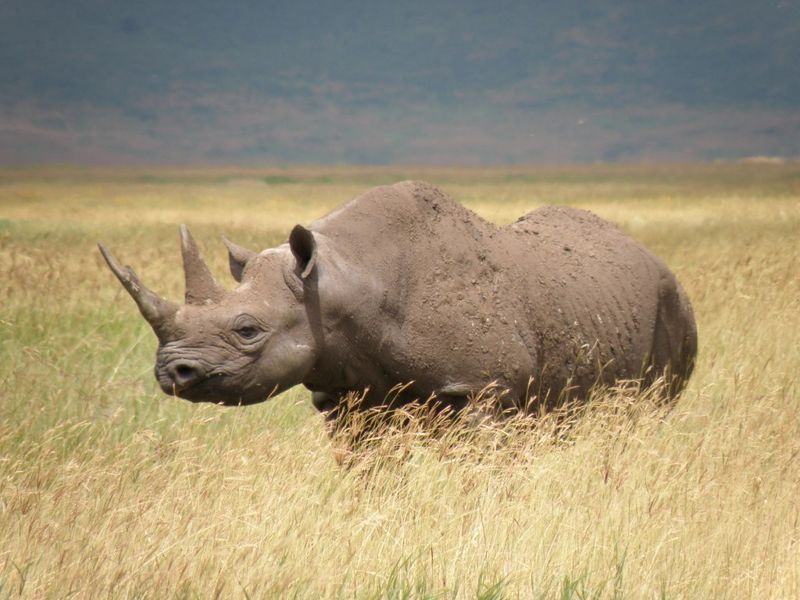
There are five main species of rhinos, each with distinct characteristics and habitats. From the African savannas to the dense forests of Asia, these species adapt to diverse environments.
The variety among rhinos enriches Earth’s biodiversity, offering unique opportunities for study and appreciation. Understanding these differences helps tailor conservation strategies to meet the specific needs of each species, ensuring their survival.
Cultural Significance
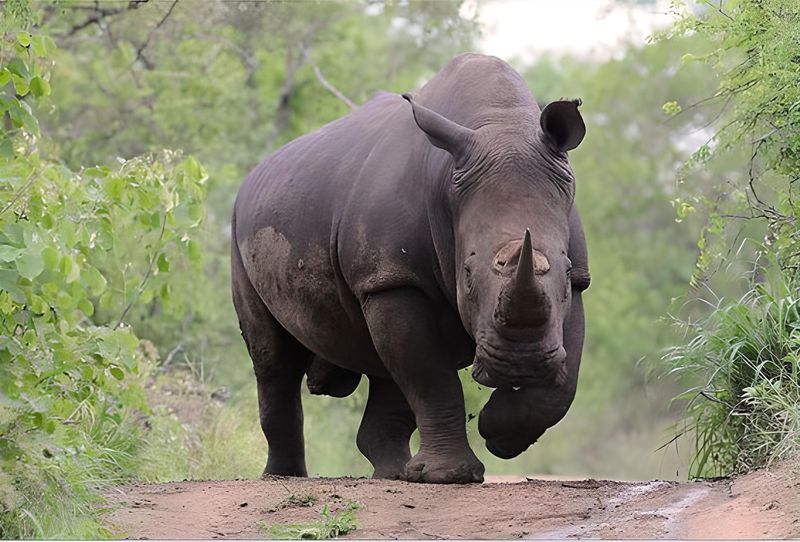
Rhinos hold a place of cultural significance in many societies, symbolizing strength, protection, and resilience. They appear in art, folklore, and traditions around the world, reflecting their influence on human culture.
These cultural connections deepen the bond between humans and rhinos, fostering a sense of stewardship and respect. Appreciating this cultural heritage highlights the intrinsic value of rhinos beyond their ecological roles.
Symbol of Strength
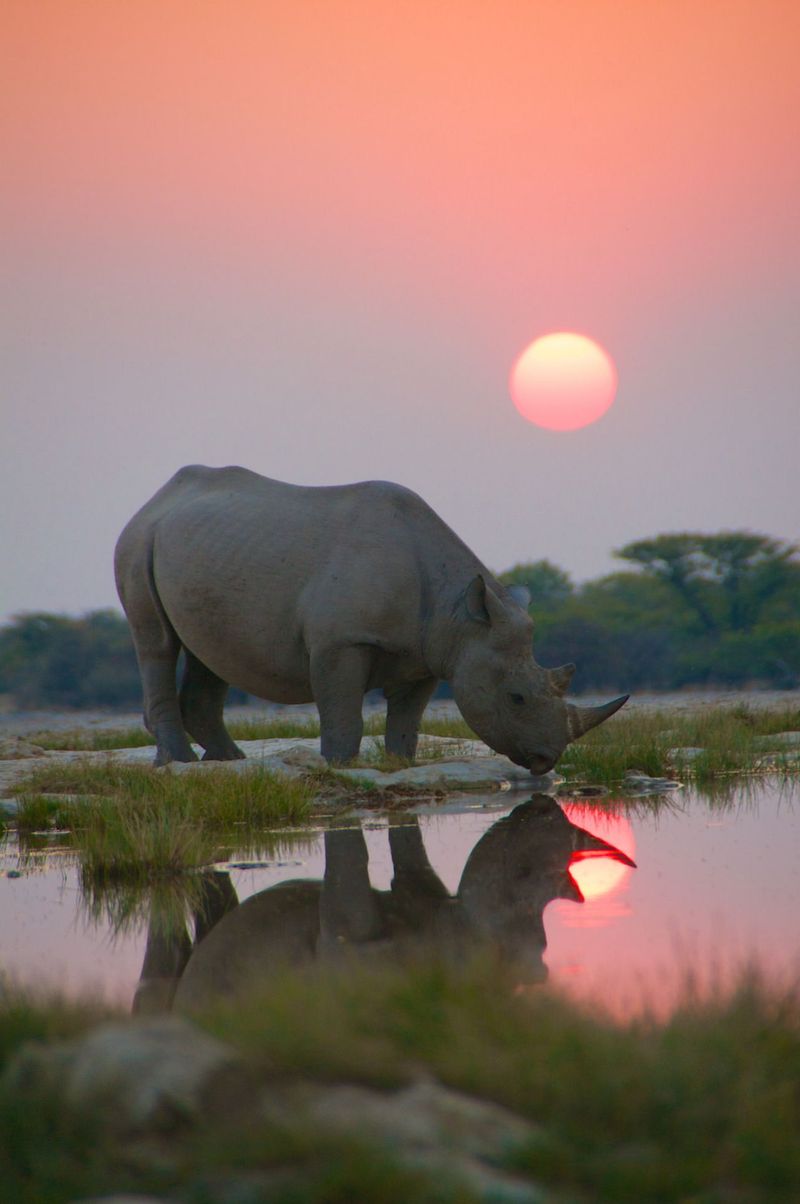
The image of a rhino often symbolizes strength and resilience, embodying the spirit of endurance against adversity. Their powerful build and formidable horns evoke a sense of awe and inspiration.
This symbolism transcends their physical presence, resonating with people who value perseverance and courage. Celebrating rhinos as symbols of strength encourages us to appreciate the qualities that make them remarkable and worthy of protection.
Conservation Success Stories
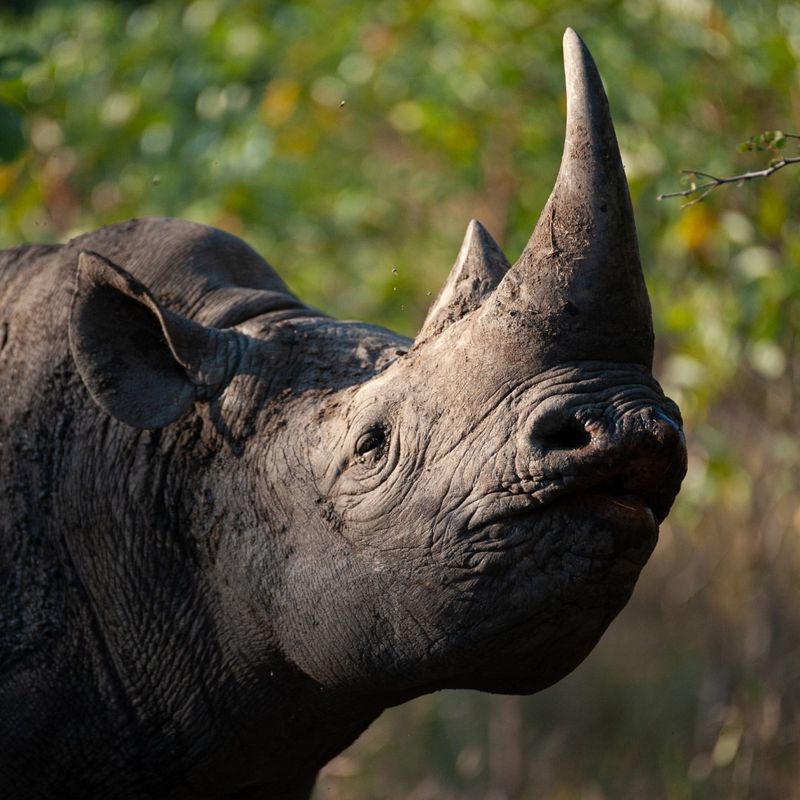
Some rhino species have experienced population increases thanks to dedicated conservation efforts. Protected reserves and anti-poaching laws have contributed to these successes, offering hope for the future.
These stories demonstrate the impact of coordinated efforts and the potential for positive change. Celebrating these achievements inspires continued commitment to conservation, reminding us of the difference we can make when we work together to protect endangered species.
Inspiring Future Generations
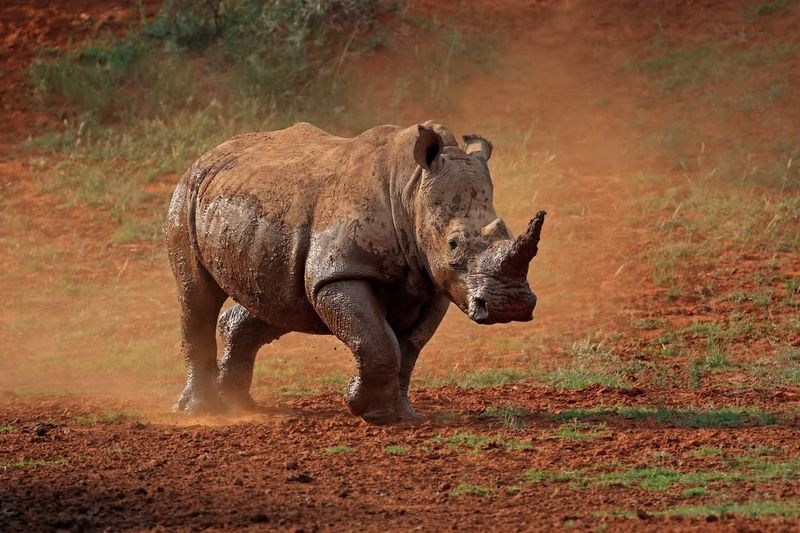
Rhinos inspire future generations to care for nature and understand the importance of biodiversity. Educational programs and wildlife sanctuaries offer children the chance to learn about these magnificent creatures firsthand.
Such experiences foster a connection with wildlife, nurturing environmental stewardship. By inspiring young minds, rhinos become ambassadors for conservation, encouraging a lifelong commitment to protecting our planet’s rich natural heritage.

